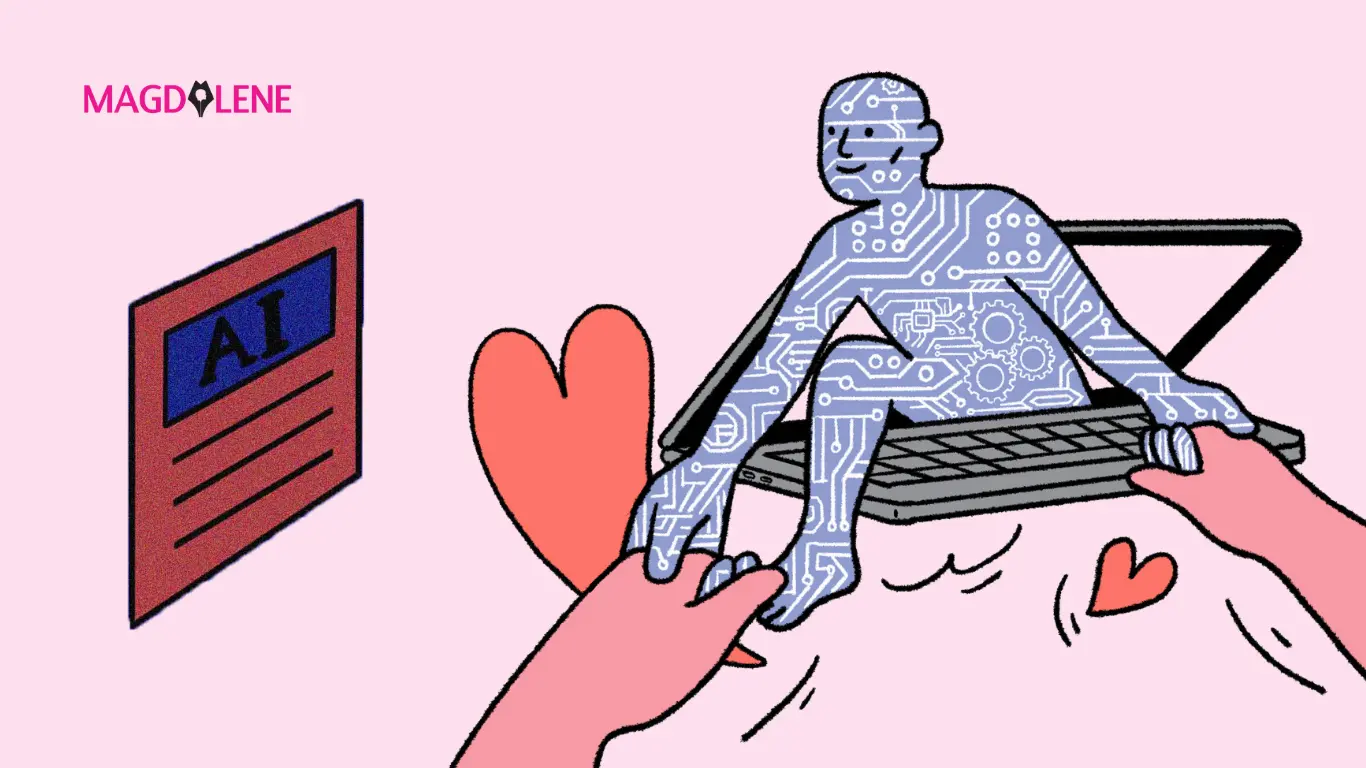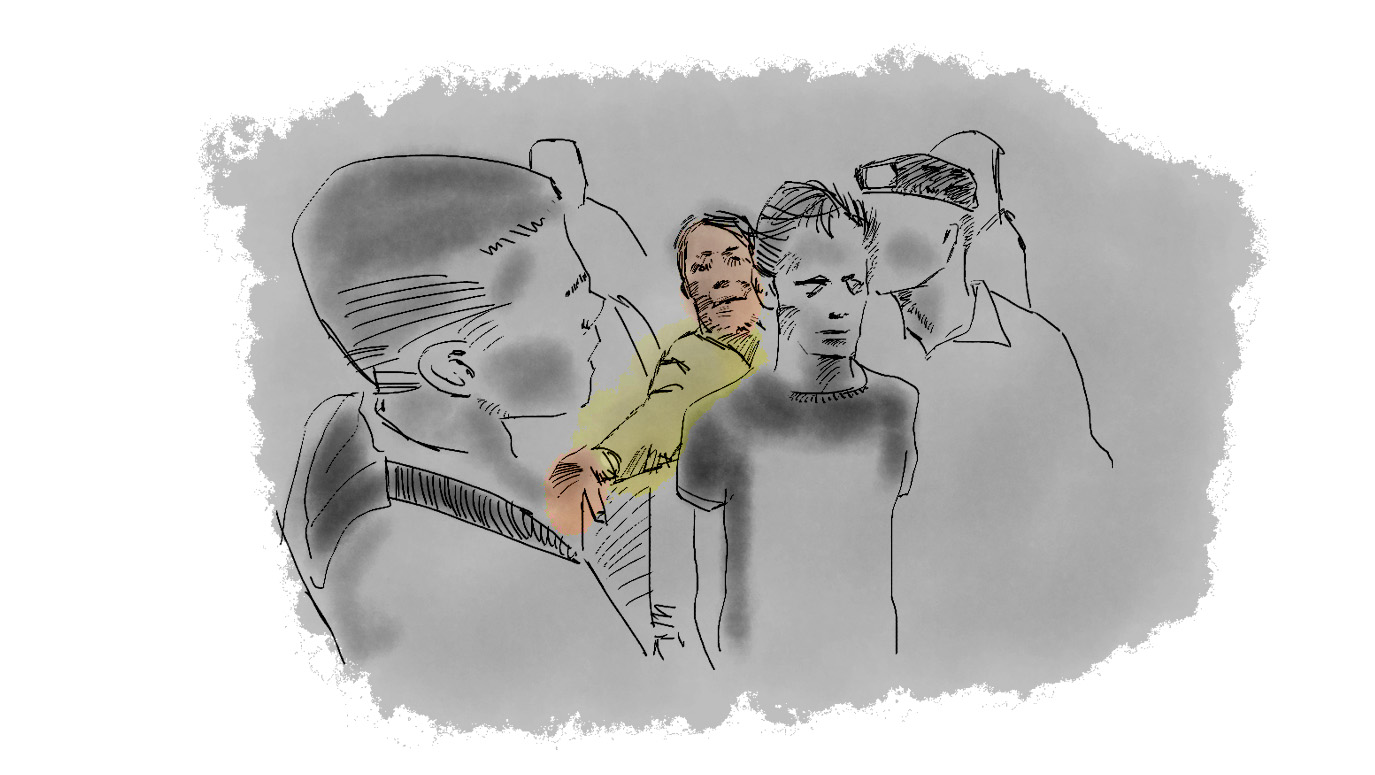Autism and ADHD in Women: Under-identified and Under-supported

Over the last decade or so, there’s been an uptick in the number of adults being diagnosed with autism and ADHD. Any number of factors might explain this rise, including greater public awareness of both conditions, broader diagnostic criteria, and changing perceptions in who autism and ADHD affect.
But while autism and ADHD still affect a greater number of men, more women are reporting being diagnosed with these conditions as adults. Again, this increase is probably due to any number of factors. But social media may also be playing a role, with women able to use platforms such as Twitter and TikTok to spark discussions and share their experiences and stories.
One constant in the experiences that many women have shared on social media is how long they waited for a diagnosis. Many have even spoken about how they were even brushed off by healthcare professionals when seeking a diagnosis, told point blank that they’re “not autistic” or that their problem is “anxiety and not ADHD”. For many, not knowing why they felt different from others left them feeling confused and even depressed.
Baca juga: The Women Who Don’t Know They’re Autistic
This isn’t surprising, as autism and ADHD are both often missed or even misdiagnosed in women. Nearly 80 percent of women with autism are misdiagnosed – often with conditions such as borderline personality disorder, eating disorders, bipolar disorder and anxiety. It’s currently unknown how often women with ADHD are misdiagnosed.
But there are a number of reasons that may explain why this happens. The first is that autism and ADHD symptoms are different in women than they are in men. Other conditions common in people with autism and ADHD (such as anxiety and depression) may also make it appear that symptoms are the result of these conditions instead. Women with autism and ADHD may also learn over time how to hide their symptoms from people – which may further lead to misdiagnosis or delayed diagnosis.
Another major problem is that autism and ADHD are still often seen as “male disorders”. While it’s true that both conditions affect a higher proportion of men than women, it also means that the current tools used to diagnose people with these conditions tend not to recognise female symptoms as readily.
Girls with autism may have less obvious social difficulties and often have better verbal communication than a boy with autism might. Girls with ADHD, often aren’t as hyperactive and may not have the disruptive behavior some boys may have. This means that many girls with these conditions may be overlooked by their parents, teachers, and even clinicians as the diagnostic criteria do not match their symptoms.
Baca juga: What We Don’t Talk About When We Talk About Mental Illness
The Right Diagnosis
When not properly diagnosed and treated in childhood, girls with autism or ADHD may experience poor academic performance, behavioural problems and trouble making friends. As they get older, this could make it more difficult for them to cope with professional demands in the workplace. It may also lead to anxiety and stress because they feel misunderstood or confused about why they find certain experiences so difficult, alongside other mental health problems such as depression and eating disorders.
In one study of women who weren’t diagnosed with ADHD or autism until adulthood, many participants reported feeling like they were “wrong” and didn’t fit in anywhere. Others even went as far as trying to change their clothes or personality to better fit in. But after diagnosis, participants felt they better understood why they might feel the way they do and felt a greater sense of personal value after receiving their diagnosis.
Diagnosis can sometimes have a negative effect – with some women fearing they may be discriminated against, that others may think badly of them or that people will look down on them. But in general, finally receiving the right diagnosis makes most women feel they are empowered and have a better quality of life.
If you think that you may have autism or ADHD but haven’t been diagnosed, there are many things you can do. Online resources, such as AADDUK, ADHD aware and National Autistic Society all provide advice and suggestions on how to approach your GP with questions, and what support or specialist clinics there are in your area.
Baca juga: Why Teen Depression Rates Are Rising Faster for Girls
If you’re planning to visit your GP, it might be helpful to take a loved one along with you for support and help in explaining why you think you may have autism or ADHD. This may be as simple as telling them you have read about the conditions and have experienced similar symptoms.
Since all GPs may not have in-depth knowledge of autism or ADHD, it’s important to present your experiences as clearly as you can. Use real-life examples if you can and feel comfortable. If you don’t get a referral from your GP after your visit, seek a second appointment or even ask to see another GP at the surgery. After a referral, you will be advised to visit a diagnostic service that should help you get the appropriate support you need.
Greater awareness of the symptoms and behaviour associated with autism and ADHD in girls and women will be important in changing how both are diagnosed – and hopefully mean that more girls and young women receive the help they need. And social media may be one important way in helping people learn more about these conditions, and connecting people with similar experiences.![]()
Ilustrasi oleh Karina Tungari
This article was first published on The Conversation, a global media resource that provides cutting edge ideas and people who know what they are talking about.






















